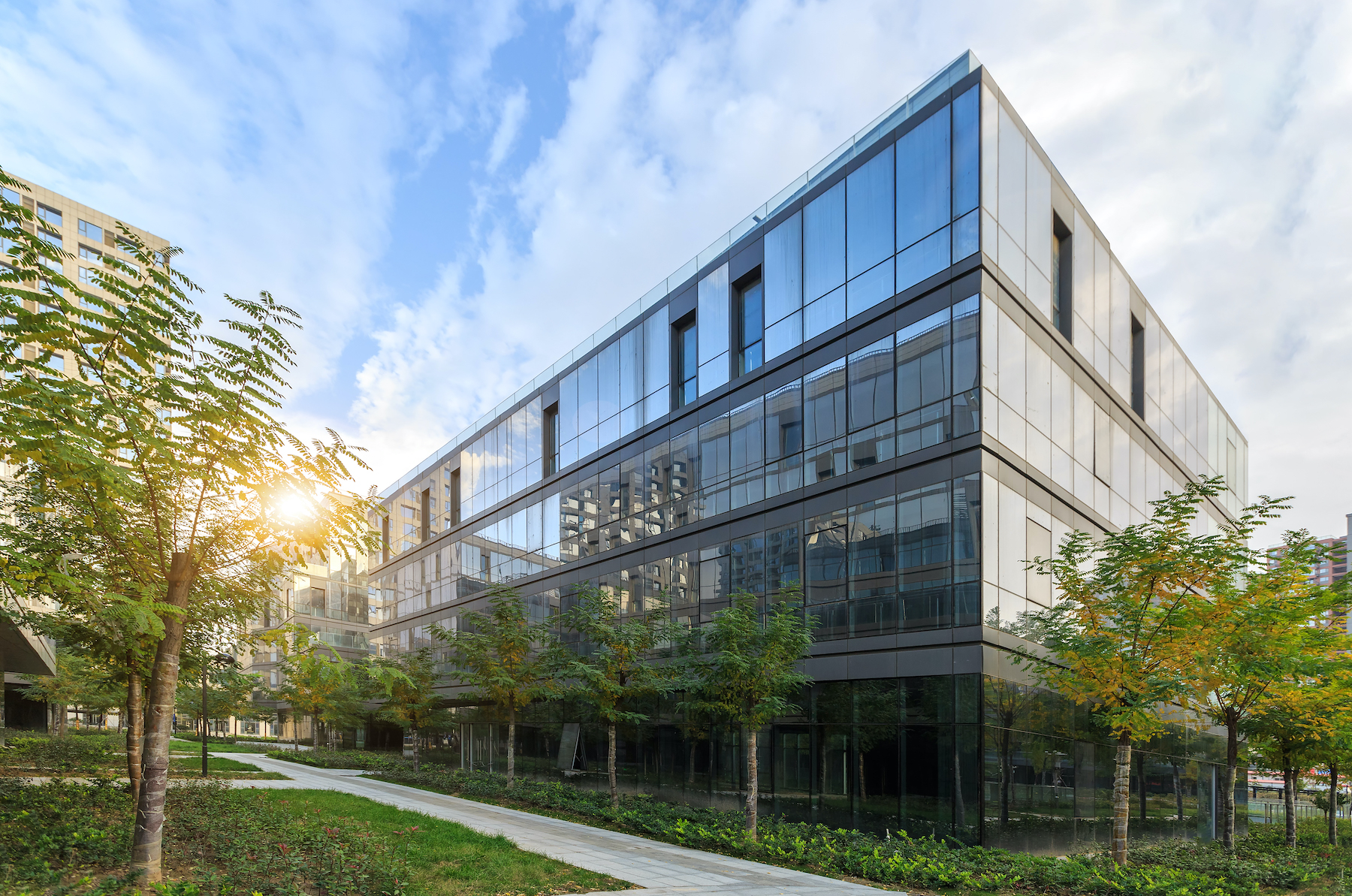A long list of worries has accompanied all things COVID-19 for the past year — the local commercial real estate industry is high among the concerns. Dallas-Fort Worth office vacancy at the end of 2020 hovered at around 21% and is steadily improving. A healthy vacancy rate is about 15 to 20%, which indicates Dallas-Fort Worth is, as usual, holding its own.
Alexandra Lane, vice president of commercial real estate with Commerce Bank, says there is more than meets the eye in the local commercial real estate market. Perceptions may be skewed because most people are working from home, but the market is continuing to move at an impressive pace, especially in certain sectors. “I haven’t seen a huge flight out of office space from when the pandemic began until the present,” she says. “I think companies from California and the Northeast wanting to come here is benefitting Dallas-Fort Worth, too. They are helping to fill up vacancies. We are also seeing companies wanting to expand their space in preparation for a return to the office. There is more demand than people may think. COVID-19 created unprecedented disruption in the market, but developers and landlords continue to be agile to meet the new market and its demands.”
Commercial real estate may look different but is here to stay. Most commercial landlords have seen that, for companies with leases coming up, tenants are renewing, and some are taking on even more space. “You still need a place for your team to gather,” Lane says. “One of the biggest concerns with COVID-19 for businesses is that their company culture is negatively impacted, especially for younger or less experienced employees. Not having an office makes it difficult to train and be in tune with soft skill interactions, such as talk around the water cooler or being able to observe more experienced employees. Things happen more organically in an office setting that can’t happen when people disperse. Although companies have been pleased with how productive their employees have been remotely, we will lose some key components of productivity and culture that you can only get from an office setting. However, I think the pandemic has enabled some employees to enjoy a hybrid work-from-home and at-the office type of schedule we’ll likely see more of.”
First in line. “Economists and speakers on this topic predict that Dallas-Fort Worth will go back to the office earlier than other metropolitan markets,” Lane says. “This hinges on the fact that we (Dallas) don’t use public transportation as much or rely on it as heavily as other cities. It’s easier to bring employees back to the office without risking them to exposure in public transit when they can get to work in their own vehicles.”
The post-pandemic office. “Some companies are talking about potentially taking more space and shifting away from the open concept office that has been really popular for about the past five to ten years,” Lane says. “COVID-19 has made everyone realize how easy it is to transmit viruses, bacteria, and germs. We are thinking about it more than we ever did before, so an open concept doesn’t make everyone feel as comfortable as they once did. For those who are already back, companies are putting up Plexiglas dividers and spacing people out more. This helps but probably isn’t a long-term solution. I think we’ll see more walls, separate offices, and cubicles. We are also seeing improved air filtration systems to ensure the air continues to circulate properly, and buildings are upgrading elevators with voice commands and self-sanitizing buttons. Some offices are going to an A team and B team structure to minimize contact so that only 50% of the workforce is in the office every day.”
What’s Next: CRE Hot Spots.
Industrial Space. Dallas-Fort Worth is 95% occupied in industrial space. “The industrial space is becoming a shining star,” Lane says. “The pandemic taught a lot of companies about the importance of bringing their supply chains back on shore. We quickly learned how easily offshore supply chains can be disrupted. I am seeing a big push to move supply chains back on shore and keep a larger inventory for an e-commerce boom. The price of land for industrial space and rent is going up.”
Hotels. The latest reports estimate that hotel performance won’t be at 2019 levels until 2023 or 2024, and there is a concern for the hotel industry about whether business travel will ever return to the level it once was, especially as more people get comfortable using Zoom for meetings. “Even so, it’s difficult to build personal relationships with clients over Zoom,” Lane says. “That important personal piece of client relationships is still missing. There’s a lot of pent-up demand for flights and hotels for leisure travel as well. People have been stuck at home and not spending as much money on vacations and shopping. For those who have remained employed during the pandemic, there is a demand to get out and travel, and they have saved the disposable income to do so. The prediction is flights and hotel prices will increase once everyone feels comfortable traveling again and more people have received the COVID-19 vaccine.”
Multi-family. Demand for apartments outside of the city center has increased as more people work from home. “We are seeing a strong absorption across Dallas-Fort Worth among renters who previously would not have moved to the suburbs who are doing so in order to get more space for less rent,” Lane says. “Some employees don’t have to go into the office at all or come in on a limited or hybrid schedule, meaning their commutes are reduced. The pool of available properties to rent has opened up for them.”
For more than 150 years, Commerce has offered a banking experience that pairs large bank products and services with deep local market knowledge and experience. For more information, visit commercebank.com/builtforthis.





